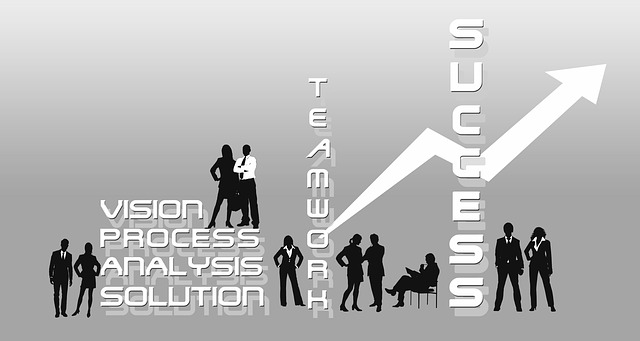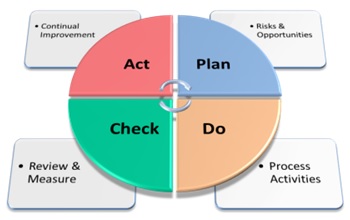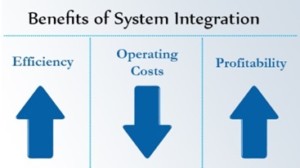Product, Place, Price, Promotion. AKA, The Marketing Mix. This tool developed by J. McCarthy is a business basic model “used to pursue its marketing objectives in the target market”.
The Marketing Mix is one tool that can help you as an organization understand how to promote yourself and your product in a way that makes sense for your customer and their needs.
One thing you may learn during your analysis is your customers’ need for quality for example, or perhaps they care deeply about the environment and spending their dollars with environmentally conscious companies.
Researching your customer and their purchasing decisions can lead you to a new growth avenue – but can you achieve these?
In this article, you will learn how the adoption of standards, like ISO 9001, ISO 14001 or ISO 45001 can not only help your organization and its longevity, but it can also show your commitment to your customers through certification.
Why ISO Standards?
Part of ISO Guidelines is a framework for success – guiding requirements that have been created by industry professionals and evaluated by a committee. They have been approved as an internationally adopted and recognized framework to build a business upon.
For example, if you work in the Aerospace industry, you have a different framework than those in the Automotive industry because you have different unique challenges.
The generic quality framework, ISO 9001:2015, was designed as a foundation for success with generic business principles and frameworks to allow organizations to create or improve an organization at its most basic roots to ensure efficiency and quality of work.
Implementing ISO 9001 into your business allows you to take time to look deep into the organization, and evaluate what you do great, what you do well, and what needs improvement.
Standards are not only a great foundation to grow a business upon though. These guiding requirements allow you to look within your organization, find your strength and allow them to shine and identify possible areas for improvement, places that need help to grow to their full potential.
The nature of ISO Standards audit processes allows unbiased reviews to truly see the organization without judgement. This is a great marketing opportunity to showcase your strengths.
Promote your certificate, your congratulatory statements from auditors, and what you are proud of.
Part of ISO 9001 is also measuring and monitoring. If you are interested in learning about how much productivity has gone up each quarter, or the number of sales per year, you are encouraged to do so in ISO 9001.
This is a great opportunity to learn real facts about your organization, in an effective manner, that you can then share with your customers. These are real, tangible numbers than can really impress prospective clients.
If you are looking to attract new people to your organization, you might want to look into obtaining ISO 14001:2015 certification. “Of those born between 1981 and 1996, 62% want to work for a company that makes a positive impact”.
Companies with an active interest in sustainable practices, and the certification to prove that, can gain a lot of edge in the competitive hiring market place. Not only that but showcasing your commitment to sustainability and quality of goods and workplace safety with certification to ISO 45001, the standard for occupation health & safety, can prove to prospective hires how committed to their wellbeing you are.
Standards help you as an organization navigate best practises while allowing you to thrive as a unique organization and culture.
ISO Certification does not ask you to subscribe to a one size fits all approach to business. But it does show you how to eliminate inefficiencies and set you on a path for growth and longevity with a base set of tools for success.






 “a mind-set present when certain departments or sectors do not wish to share information with others in the same company. This type of mentality will reduce efficiency in the overall operation, reduce moral, and may contribute to the demise of a productive company culture.”
“a mind-set present when certain departments or sectors do not wish to share information with others in the same company. This type of mentality will reduce efficiency in the overall operation, reduce moral, and may contribute to the demise of a productive company culture.”
 ent systems then it’s at this point they can start to see the real benefits.
ent systems then it’s at this point they can start to see the real benefits. Annex SL is an ISO document that defines a high level structure [HSL] for the framework of a generic management system.
Annex SL is an ISO document that defines a high level structure [HSL] for the framework of a generic management system.



